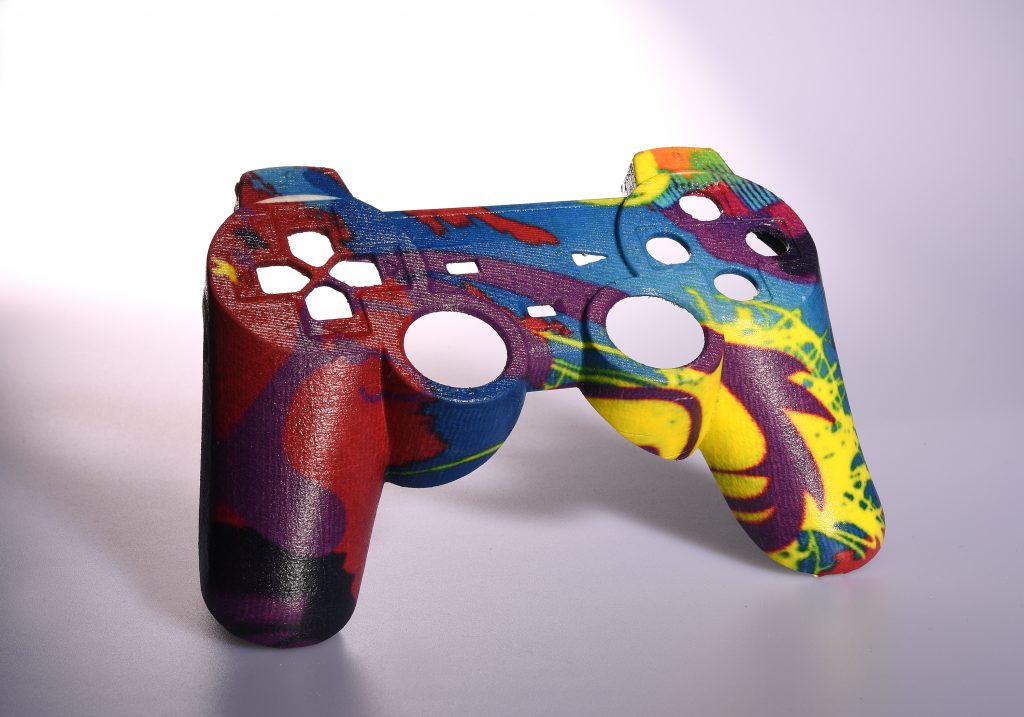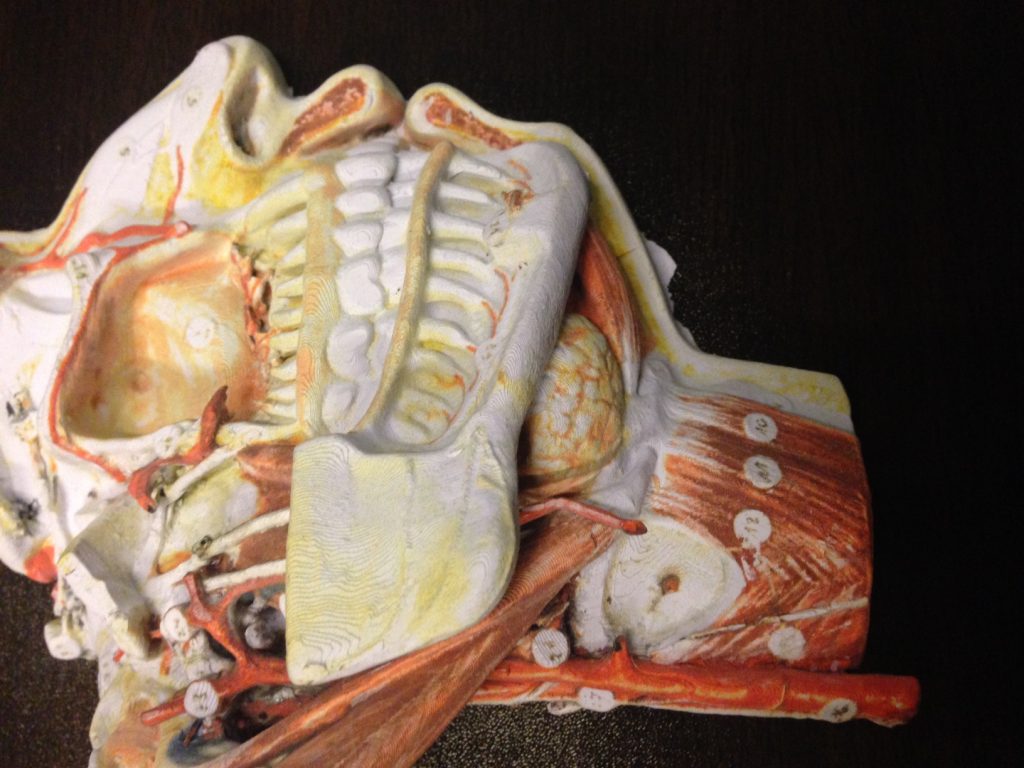Our thought leadership series on the future of 3D printing continues with insights from the co-founder and CEO of Mcor – Dr. Conor MacCormack.
Predicting the future is not an easy thing to do because in Yoda’s words, “Always in Motion the Future is”. However, it might help to look back before looking forward. Following on from a period of hype in the 3D printing industry around consumer desktop printers the current market for 3D printers is largely divergent—at the low end are limited-function offerings of interest to hobbyists and makers. At the high end, there are expensive printers that are inaccessible in the main.
But looking to the future there are huge opportunities in this industry. Let’s have a look, Wohlers reports that the manufacturing market is currently worth a whopping $10.5 trillion and the 3D printing market is worth a fraction of this at $5 billion. Even if 3D printing grows to just 2% of the manufacturing market it could will be worth a substantial $210 billion! Wohlers predicts the 3D printing market will grow to $20 billion by 2020 but what part of the 3D market will dominate? Production will grow to $7.4 billion and the consumer market to $0.4 billion. But growing at a CAGR of 29% and to the value of $12 billion prototyping will continue to present opportunities for those companies that continue to improve their offerings.

Although we will undoubtedly see growth in 3D printing for production in the longer term, the prototyping market will remain the cornerstone of the 3D printing industry in the next 2-5 years. I think we belong to an ever-evolving industry that changes its mind quickly about what it wants to be. We have seen the rise and fall of the consumer 3D printing market – a 3D printer in the home was the holy grail and if it did not fit on a desktop it was not relevant. But now we have seen the tide turn in the complete opposite direction and there is now almost a snobbery attached to 3D printing – unless you are printing a part of a jet engine then it’s really not worthy! And now it is all about production and end use parts. But in many ways I think the industry has swung in two opposite directions and completely overlooked the size and potential of the prototyping market.
The importance of prototyping to the product development cycle cannot be overstated, and 3D printing presents an invaluable tool for speeding the time to market. It may not be the sexiest application out there, but it is the foundational cornerstone of the AM industry.
However, there will be continued improvements in printers focused on prototyping. The quality and capability of these printers will step up their offering in terms of speed, material, reliability and colour capability. We may also see potential convergence of technologies which would offer a ‘one stop shop’ solution.
Desktops need to grow up
Just less than ten years ago the industry raced off to make the cheapest desktop printers money could buy that would be easy to use for beginners but these two things just don’t go hand in hand when it comes to hardware. Jumping the chasm from professional 3D printing to general public printing in the home is not an easy transition for any industry – making it cheaper, cheaper just does not make better, better! It has been a race to the bottom and quality has suffered.
A recent IDC (International Data Corporation) report stated that the sub-$1,000 3D printer category is the slowest-growing segment based on the reduced demand for consumer-type 3D printers in the U.S. market and that the fastest-growing segment in the 3D printing industry is in the $25,000 to $100,000 price category.
So it looks like there is still a gap here in the market for more professional desktop 3D printers with the emphasis on plug and play capability which might just democratize ‘making’ in a professional sense. This would open the door to an array of businesses who want to introduce the technology into their companies and have not taken the plunge into 3D printing either due to the bad reputation of the low-end desktop printers, the absence of full colour or the potentially high running costs of some professional printers. The desktop market needs to step up to the plate and deliver on this need.
Materials – creating value-add
High running costs is still one of the main inhibitors in the 3D printing market. Finding materials that are very low cost but versatile should be one of the drivers over the next five years. If we are seriously talking about making this technology accessible for everyone the materials need to be low cost, versatile and office safe.
But we need to be careful not to reinvent the wheel here and look to existing materials (even off the shelf) and how they might be transformed. For example, instead of trying to eliminate post processing we should be viewing it as a ‘value add’. Collaborating with ‘experts’ in this field is also essential to drive the desired change and provide multiple options for perhaps even one material!
New Addressable Markets
Despite being a mature industry 3D printing is still underutilised in many markets and not used at all by others. These are untapped markets and it is essential that we find ways to reach those markets in the next five years by providing 3D printing solutions for any unmet needs. Is it materials, speed, colour? The market will also become more vertically focused with certain solutions being offered exclusively to certain markets like aerospace, healthcare and industrial. The onus is on manufacturers to provide the most suitable solutions for each and every market.
3D Printing Revolution in the Classroom before the production floor
There is talk about a 4th Industrial Revolution but before that happens I predict a revolution in the classroom. There is no doubt that introducing innovative technology into classrooms enables students to engage in a creative, technical and personalized classroom environment and this could provide a route to a new approach to an education that will foster a culture of creativity, independent thinking and maybe even entrepreneurship that carries into our job markets.
Given the correct tools this market could experience a revolution in the near future. But current 3D printer offerings targeting education miss the mark. A low-cost offering is important but not at the expense of reliability and safety. Kids also need high quality output that has the potential to bring their subjects to life so colour is essential here.
Consumer markets need bureaus
Even though 3D printing did not make it into our homes (yet!) I think there is still a desire for 3D printed content. So even if the consumer is not ready for the hardware in their living rooms they can now get easy access to 3D content in the form of simple 3D scanning technology, easy-to-use, intuitive 3D software to create 3D models, online marketplaces that offer ready-made 3D models. Indeed, these products according to Gartner are already on the “slope of enlightenment” as are professional 3D printing service bureaus.
Consumers need a 3D printing service that offers professional quality 3D printed output at an affordable price. The materials need to be safe and colour is essential for many consumer applications. Therefore, service bureaus need to be equipped with the right technology to meet these needs
AM for Manufacturing is Coming
As manufacturers, we are all responsible for shaping the future and reaching the ultimate goals for this industry. Adoption of AM technology for manufacturing is a long-term goal and will be driven by product lifecycle and this can vary industry to industry – 3 years, 5 years, 10 years or more. For example, in the automotive industry it won’t be a case of printing an entire car right away, it may start with an area like tooling and will expand from there once AM has proved itself so to speak.
The hardware is one thing but for additive manufacturing to succeed, all elements of the ecosystem must work together including software and materials. We are starting to see this happen particularly on the software side as software is becoming more optimised for additive processes.
In conclusion, I would say that 3D printing has been guilty of adding fuel to the fire when hyping its own potential in the short term. No doubt that 3D printing will revolutionise our supply chain, manufacturing processes and more but we should be focusing on how it is revolutionising design processes and functional prototyping right now. If we focus on use in prototyping, then we will grow use in manufacturing applications. This is an exciting time for this industry but we need to maximise its potential every step of the way.
You can find more information about Mcor here.
If you’d like to give your perspective on the future of 3D printing, get in touch. For more 3D printing insights and analysis, subscribe to our free newsletter and follow our active social media accounts.





